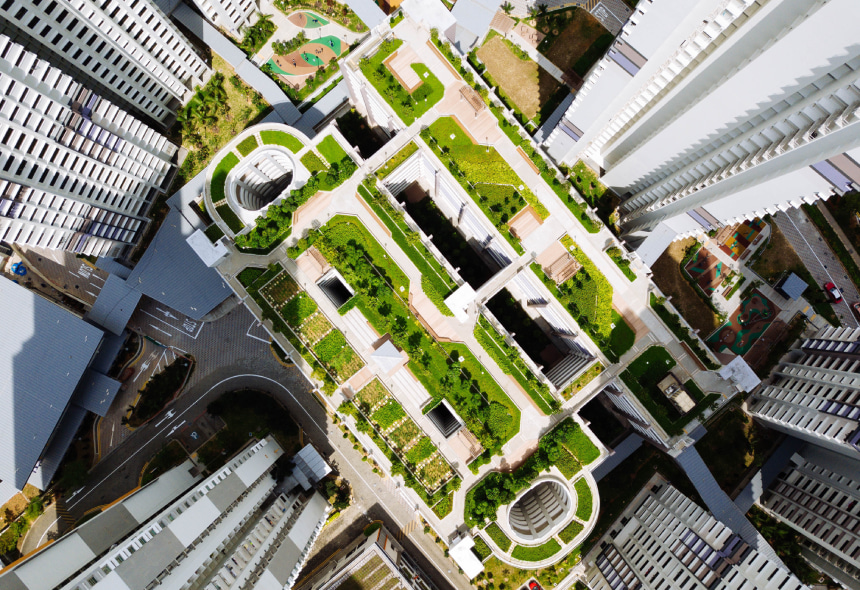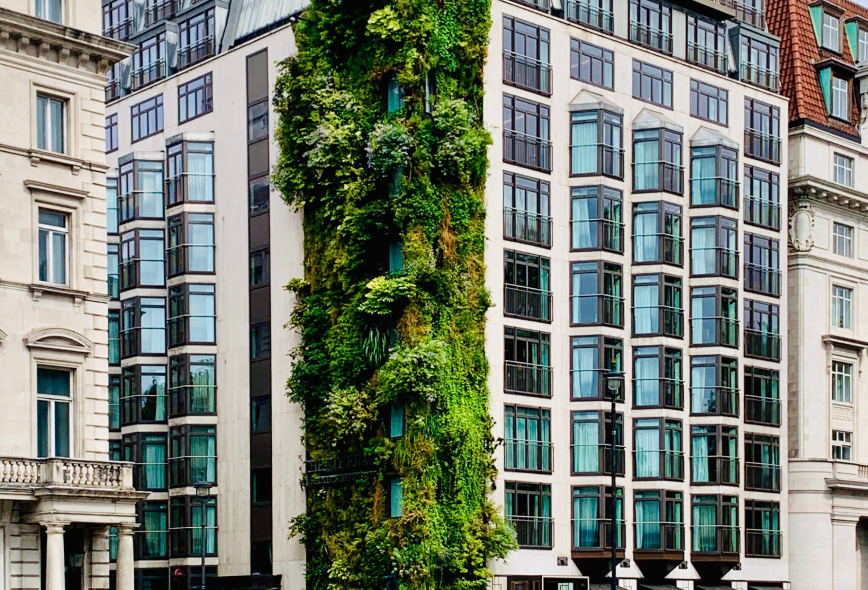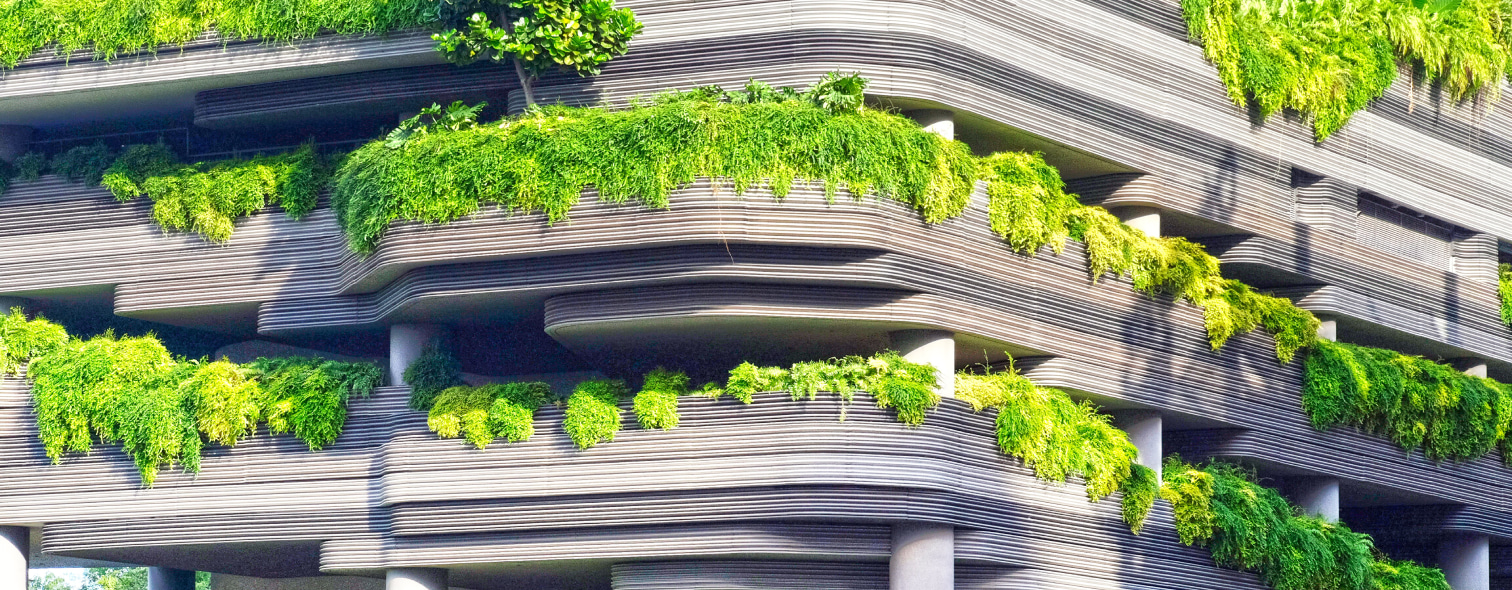Creating sustainable cities and the role of green urbanism

Sustainable cities are important for the future of our planet. As urban areas continue to grow and expand, it is important that we consider the environmental impact of these developments and work to create cities that are sustainable and eco-friendly.
Free Image Editor
Edit images online with our powerful canvas editor. Add text, shapes, filters, and more.
Passport Photo Tool
Create compliant passport photos instantly. AI-powered validation ensures accuracy.
One approach to creating sustainable cities is through the concept of green urbanism. Green urbanism is a philosophy that prioritizes the integration of natural elements and environmentally-friendly design into the planning and development of urban areas.

One key component of green urbanism is the use of green space. This can include parks, gardens, and other natural areas within the city. Not only do green spaces provide important habitats for wildlife, but they also provide important social and psychological benefits for city residents. Green spaces can help to reduce stress, improve mental health, and provide opportunities for physical activity and social interaction.
Key Benefits
Urban Agriculture and Food Security
Green urbanism also encompasses the concept of urban agriculture, which plays a vital role in creating self-sufficient and sustainable cities. Urban farms, rooftop gardens, and community gardens not only provide fresh, locally-grown produce but also reduce the carbon footprint associated with food transportation. Cities like Singapore and Detroit have embraced vertical farming and community garden initiatives, transforming unused urban spaces into productive agricultural areas.
These urban farming initiatives offer multiple benefits:
- •
Food security: Reduces dependency on imported food and creates local food systems
- •
Community engagement: Brings neighbors together and fosters social connections
- •
Educational opportunities: Teaches urban residents about sustainable agriculture and healthy eating
- •
Economic benefits: Creates local jobs and entrepreneurship opportunities
- •
Biodiversity: Attracts pollinators and beneficial insects to urban environments
Water Management and Conservation
Effective water management is another cornerstone of green urbanism. Sustainable cities incorporate innovative approaches to water conservation, collection, and treatment. This includes:
Rainwater Harvesting Systems: Buildings equipped with collection systems can capture and store rainwater for irrigation, toilet flushing, and other non-potable uses, reducing strain on municipal water supplies.
Permeable Surfaces: Unlike traditional concrete and asphalt, permeable paving allows water to seep through, reducing stormwater runoff and helping replenish groundwater supplies.
Green Roofs and Bioswales: These features absorb rainwater, filter pollutants, and reduce the urban heat island effect. Green roofs also provide insulation, reducing energy consumption for heating and cooling.
Greywater Recycling: Systems that treat and reuse water from sinks, showers, and washing machines can significantly reduce overall water consumption in buildings.
Cities like Copenhagen and Portland have implemented comprehensive stormwater management programs that integrate these green infrastructure solutions, demonstrating how urban areas can work with nature rather than against it.
Another important aspect of green urbanism is the use of sustainable building materials and design. This can include the use of recycled materials, energy-efficient design, and renewable energy sources. By incorporating sustainable design principles, cities can reduce their environmental impact and create buildings that are healthier and more comfortable for occupants.

In addition to these physical elements, green urbanism also emphasizes the importance of sustainable transportation. This can include the use of public transportation, walking, and biking as alternatives to driving. By promoting sustainable transportation options, cities can reduce air and noise pollution, improve public health, and make the city more livable for residents.
Overall, the concept of green urbanism offers a holistic approach to creating sustainable cities. By integrating natural elements and environmentally-friendly design, cities can become more sustainable, livable, and enjoyable for residents.

Smart Technology and Green Cities
The integration of smart technology with green urbanism principles is creating a new generation of sustainable cities. Smart city technologies enable more efficient resource management and improve quality of life for residents:
Smart Grids and Energy Management: Advanced energy distribution systems optimize electricity use, integrate renewable energy sources, and reduce waste. Smart meters provide real-time data to both utilities and consumers, encouraging energy conservation.
IoT Sensors for Environmental Monitoring: Networks of sensors can track air quality, noise levels, and other environmental factors, providing data that helps city planners make informed decisions.
Intelligent Traffic Management: Smart traffic systems reduce congestion and emissions by optimizing traffic flow, promoting public transit, and facilitating car-sharing and electric vehicle adoption.
Waste Management Innovations: Smart bins and waste collection systems optimize routes, increase recycling rates, and reduce the carbon footprint of waste management operations.
Examples of Successful Green Cities
Several cities around the world have become leaders in green urbanism, demonstrating that sustainable development is both achievable and beneficial:
Copenhagen, Denmark: Known as one of the world's most sustainable cities, Copenhagen aims to become carbon-neutral by 2025. The city has extensive cycling infrastructure, with over 60% of residents commuting by bicycle. Green spaces are integrated throughout the urban fabric, and innovative stormwater management systems protect against flooding.
Singapore: This city-state has embraced the "City in a Garden" concept, incorporating nature into every aspect of urban planning. From the iconic Gardens by the Bay to the extensive network of park connectors, Singapore demonstrates how dense urban environments can coexist with abundant greenery.
Curitiba, Brazil: A pioneer in sustainable urban planning, Curitiba developed one of the world's most efficient bus rapid transit systems and created numerous parks from former quarries and industrial sites. The city's integrated approach to land use, transportation, and green space has inspired cities worldwide.
Portland, Oregon, USA: With its comprehensive green building policies, extensive bike infrastructure, and urban growth boundary, Portland has become a model for sustainable urban development in North America. The city's commitment to renewable energy and climate action planning continues to drive innovation.
Challenges and Solutions
While the benefits of green urbanism are clear, cities face several challenges in implementation:
Challenge: High Initial Costs Solution: Long-term cost savings from reduced energy consumption, improved public health, and increased property values often offset initial investments. Green bonds and public-private partnerships can help finance sustainable infrastructure.
Challenge: Existing Infrastructure Solution: Retrofit programs can gradually transform existing buildings and infrastructure. Incentives for property owners to adopt green building practices can accelerate this transition.
Challenge: Coordination and Planning Solution: Integrated planning approaches that involve multiple stakeholders—including government agencies, private developers, and community organizations—ensure comprehensive and cohesive development.
Challenge: Public Awareness and Buy-in Solution: Education campaigns and community engagement programs help residents understand the benefits of sustainable practices and encourage participation in green initiatives.
The Role of Policy and Governance
Effective green urbanism requires supportive policies and strong governance. Key policy mechanisms include:
- •
Zoning Regulations: Policies that mandate green space requirements, restrict sprawl, and encourage mixed-use development
- •
Building Codes: Standards for energy efficiency, water conservation, and sustainable materials in new construction
- •
Incentive Programs: Tax breaks, grants, and subsidies for green building practices and renewable energy adoption
- •
Climate Action Plans: Comprehensive strategies with measurable goals for reducing greenhouse gas emissions
- •
Public Participation: Frameworks that ensure community input in planning decisions
The Future of Green Urbanism
As climate change intensifies and urban populations continue to grow, the importance of green urbanism will only increase. Emerging trends include:
Biophilic Design: Architecture that connects occupants with nature through natural light, ventilation, and views of greenery, improving wellbeing and productivity.
Circular Economy Principles: Cities that minimize waste by treating it as a resource, with materials and products continuously reused and recycled.
Climate Resilience: Infrastructure designed to withstand extreme weather events and adapt to changing climate conditions.
15-Minute Cities: Urban planning that ensures residents can access daily necessities—work, shopping, healthcare, recreation—within a 15-minute walk or bike ride.
Carbon-Neutral Construction: Building techniques and materials that eliminate net carbon emissions from construction and operation.
The transition to sustainable cities through green urbanism is not just an environmental imperative—it's an opportunity to create healthier, more livable, and more equitable urban environments. By integrating natural elements, sustainable technologies, and thoughtful design, cities can address multiple challenges simultaneously: climate change, public health, social equity, and economic vitality.
The examples of successful green cities demonstrate that sustainable urban development is achievable regardless of a city's size, climate, or economic status. What's required is vision, commitment, and collaboration among governments, businesses, and communities.
As we look to the future, green urbanism will continue to evolve, incorporating new technologies and responding to emerging challenges. Cities that embrace these principles today will be better positioned to thrive in the decades to come, offering their residents a high quality of life while preserving the planet for future generations.
Whether you're a city planner, developer, policymaker, or concerned citizen, you have a role to play in creating more sustainable cities. The time to act is now—the future of our urban environments, and indeed our planet, depends on it.

